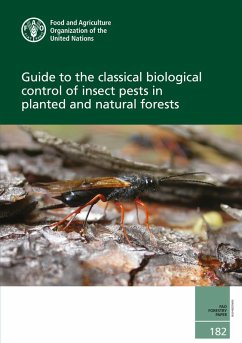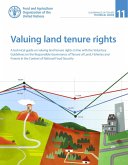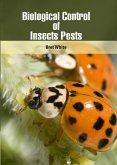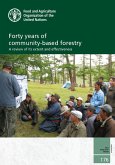Classical biological control is a well-tried, cost-effective approach to the management of invasive forest pests. It involves the importing of "natural enemies" of non-native pests from their countries of origin with the aim of establishing permanent, self-sustaining populations capable of sustainably reducing pest populations below damaging levels. A great deal of knowledge on classical biological control has been accumulated worldwide in the last few decades. This publication, which was written by a team of experts, distils that information in a clear, concise guide aimed at helping forest-health practitioners and forest managers especially in developing countries to implement successful classical biological control programmes. It provides general theory and practical guidelines, explains the "why" and "how" of classical biological control in forestry, and addresses the potential risks associated with such programmes. It features 11 case studies of successful efforts worldwide to implement classical biological control.
Dieser Download kann aus rechtlichen Gründen nur mit Rechnungsadresse in A, B, CY, CZ, D, DK, EW, E, FIN, F, GR, H, IRL, I, LT, L, LR, M, NL, PL, P, R, S, SLO, SK ausgeliefert werden.









